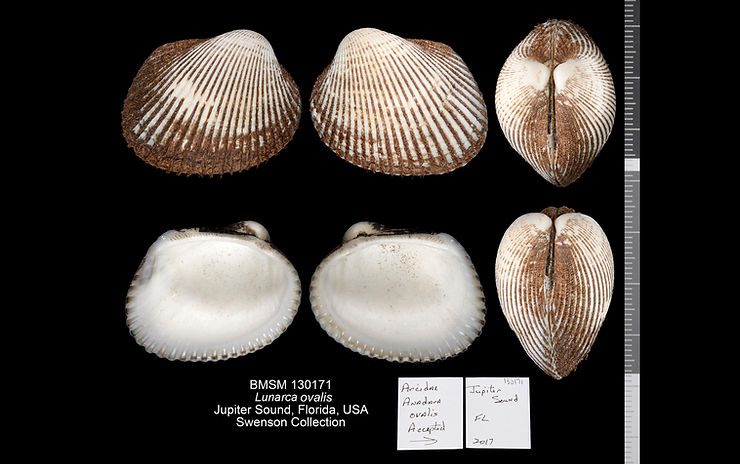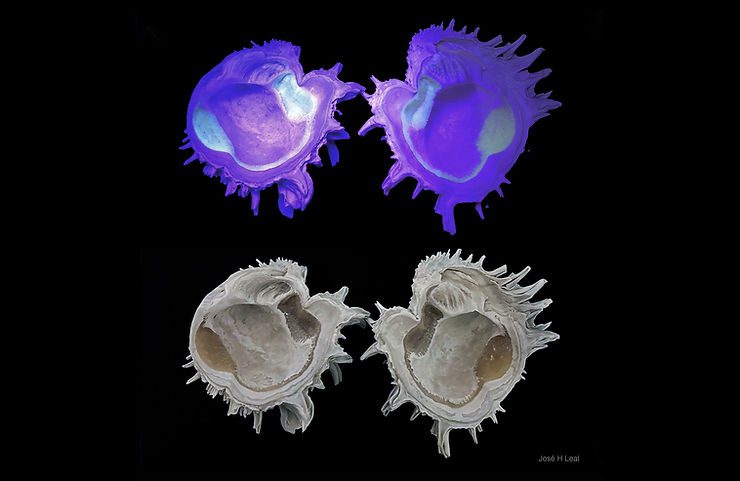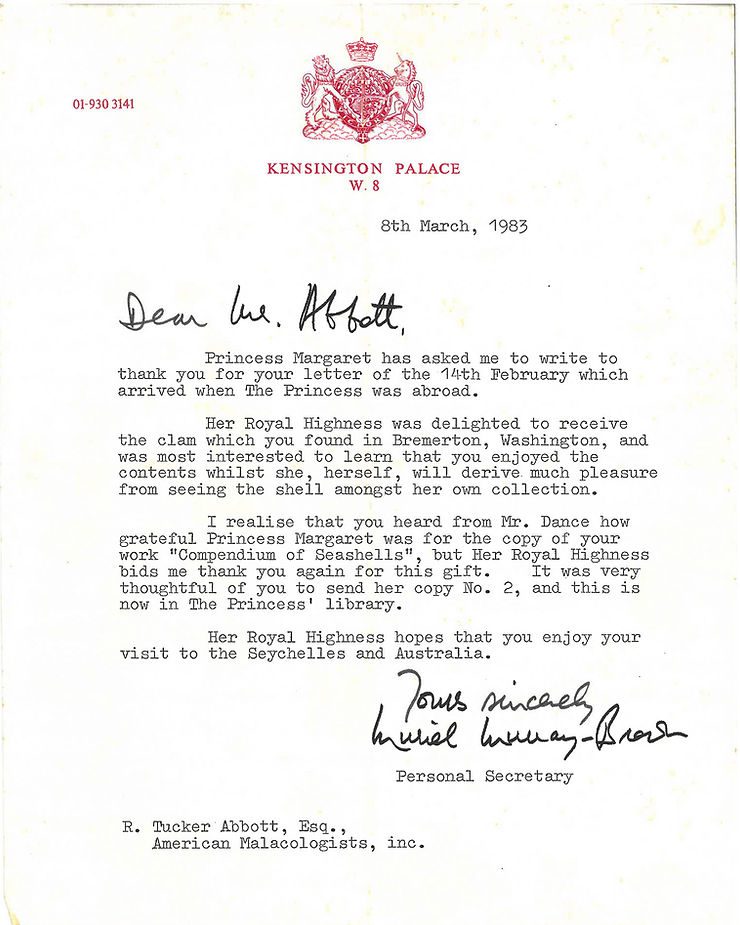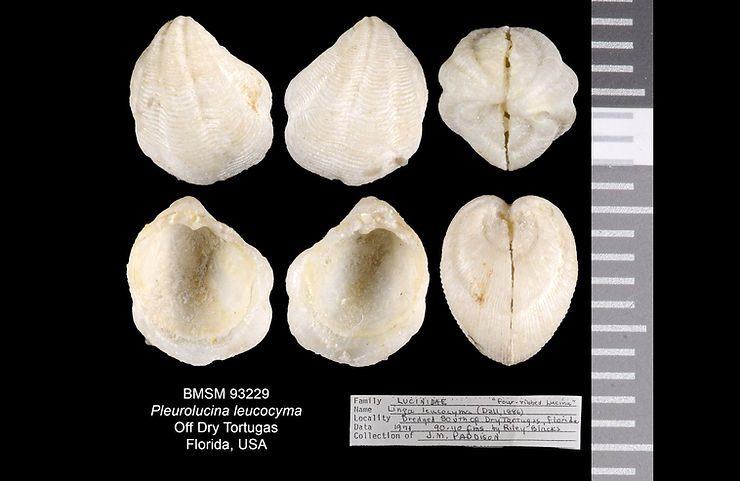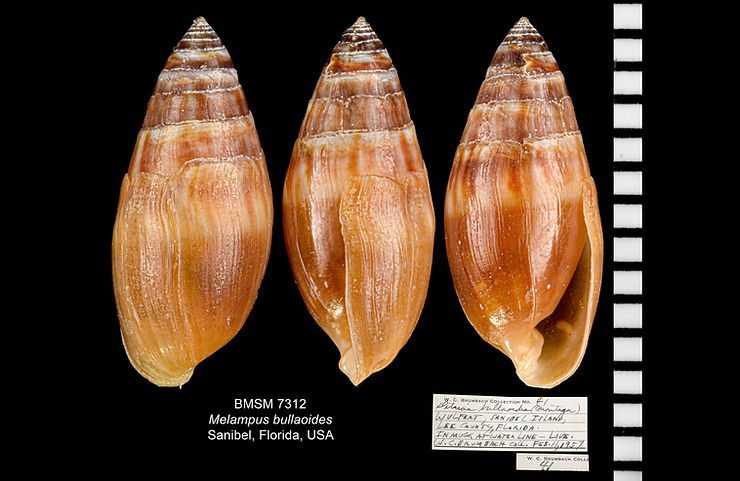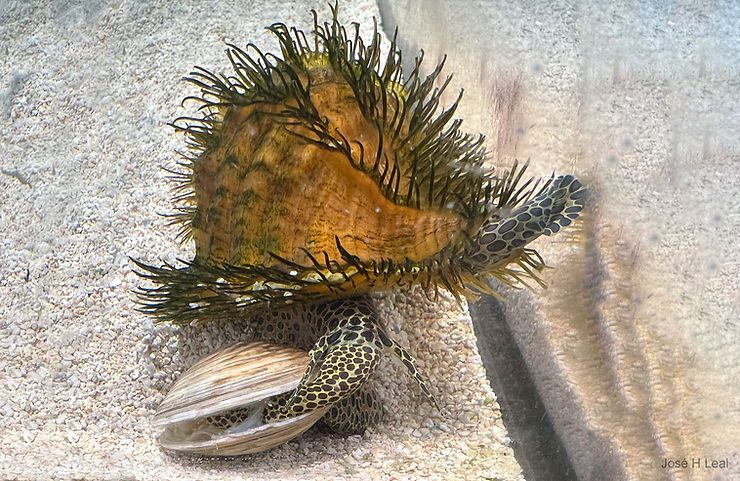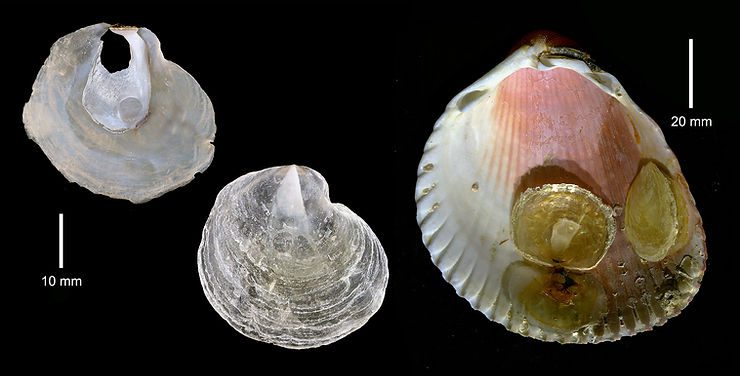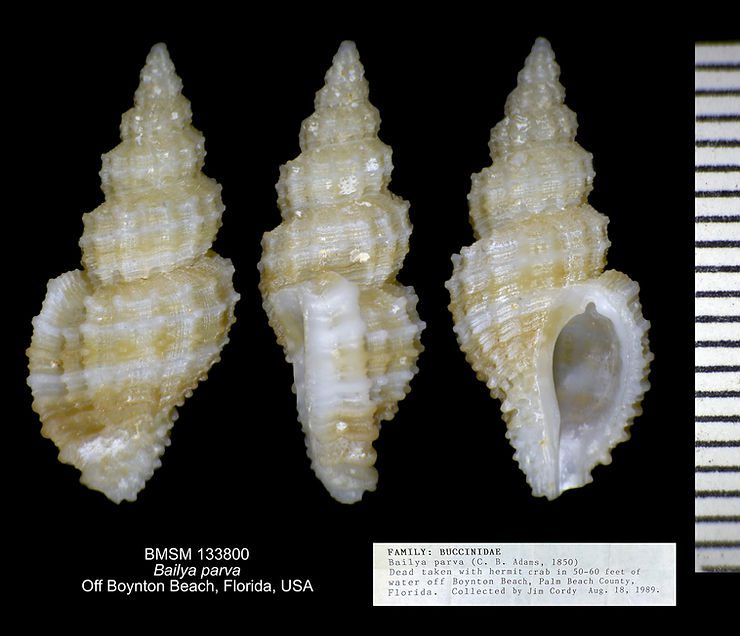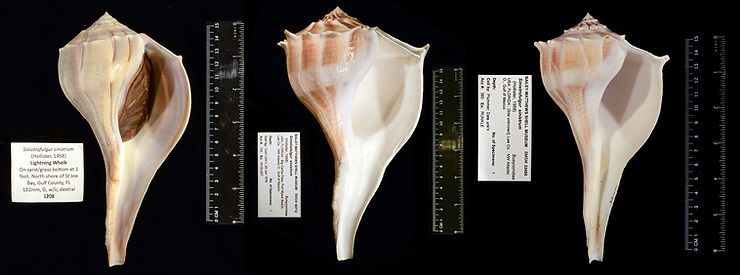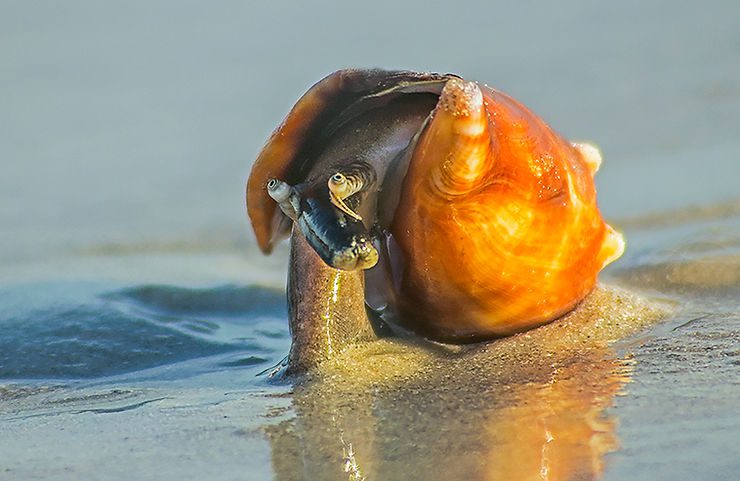
What’s in a Name?
I normally don’t bother you with this type of minutia, but here is a name change that affects an important (iconic, why not?) local species in Southwest Florida. Strombus alatus Gmelin, 1791, the Florida Fighting Conch, was shown to be the same species as the West Indian Fighting Conch, Strombus pugilis Linnaeus, 1758. This latter name was traditionally applied to populations of the East Coast, Keys, and Caribbean. Strombus pugilis is the older name of the two, so it is the one retained for the
